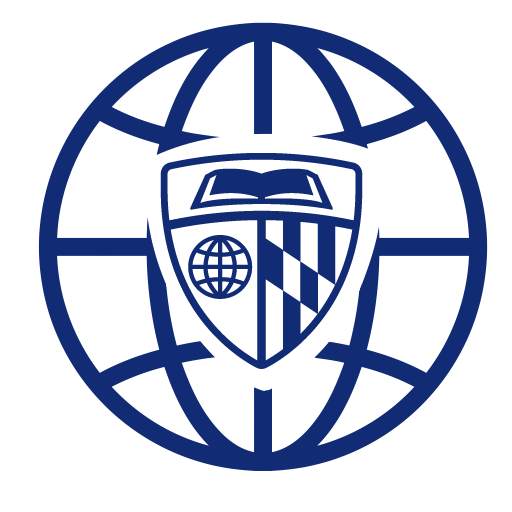With the large-scale production of COVID-19 vaccines, countries around the world have been vying to get their share. However, not all countries could spend the money necessary to secure vaccines, leaving a large gap of vaccination rates between wealthy and poor countries. COVAX was created in April 2020 to bring equity to this process, but it has largely failed to deliver expected results. Here’s what we know about this progression.
What is COVAX?
COVAX is the vaccine solution launched by the World Health Organization (WHO) to distribute vaccines in 140+ participating countries. COVAX is funded by donations and down payments from wealthy member countries and private organizations such as the Bill & Melinda Gates Foundation. With this funding, WHO has invested in a diverse portfolio of vaccines (including AstraZeneca, Pfizer, Janssen, and Moderna) through funding their research and production. If any of the invested vaccines were approved, they would provide doses to COVAX. The WHO had hoped that enough of these vaccines would succeed to provide two billion vaccines by the end of 2021.
With COVAX, WHO planned to distribute vaccines to every nation at the same price and for poor nations to receive free vaccines. In its initial stages, WHO predicted that 20% of the world would be vaccinated under its plan by the end of 2021. Since January of 2021, this plan has been implemented with COVAX proportionally distributing vaccines to the participating countries based on population sizes.
What Went Wrong?
With three months left in 2021, COVAX is nowhere close to its goal. As of September 2021, the lack of supply has cut the expected doses available by 25% as anticipated in July 2021. It went from the expected 1.9 billion doses to 1.4 billion doses. The shortage was first caused by wealthy nations that have engaged in mass purchases and hoarding of vaccines by paying companies directly during the research, development, and distribution stage while holding off funding and pledges for COVAX. For example, nations like the U.S. could vaccinate their populations 4 times over if all invested doses are delivered. This, along with the COVAX policy of distributing vaccines proportionally, gave rise to situations in which countries administering boosters shots received more doses than countries with no supplies. Second, export restrictions have blocked key COVAX vaccine suppliers like the Serum Institute of India, from distributing jabs, slowing down the process. Third, there have been scale-up challenges during COVAX vaccine manufacturing in companies such as Johnson & Johnson and AstraZeneca. Other vaccines companies have also not yet been approved for public use. Finally, poor countries have wasted vaccines during the distribution stages, lacking proper equipment to store and distribute them.
What Now?
With half a billion doses short of its goal, poor countries remain unprotected from recent surges caused by the Delta variant. While 81 percent of shots that have been administered have been in high- and upper-middle-income countries, only 0.4 percent of doses have been administered in low-income countries. In response to these issues,WHO has requested wealthy countries, especially ones that already secured vaccines, to wait on administering booster shots until the end of the year for other countries to receive the necessary vaccines. They have also revised their original decision to distribute vaccines proportionally by starting to distribute vaccines only to the 49 countries with the lowest levels of vaccination starting in October 2021.
And even with these difficulties, COVAX still seems to be planning to continuously operate until the end of the pandemic, supplying vaccines as provided. Outside of COVAX, countries have looked towards local vaccine manufacturing as the solution, with companies like the Serum Institute of India promising India half of its output to protect its home country.
Jina Lim is a freshman majoring in International Studies at Johns Hopkins University. She is originally from Portland, Oregon and is part of the editorial team of the Hopkins Podcast of Foreign Affairs.

